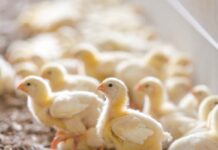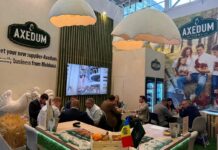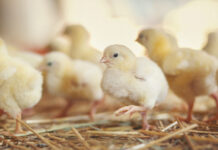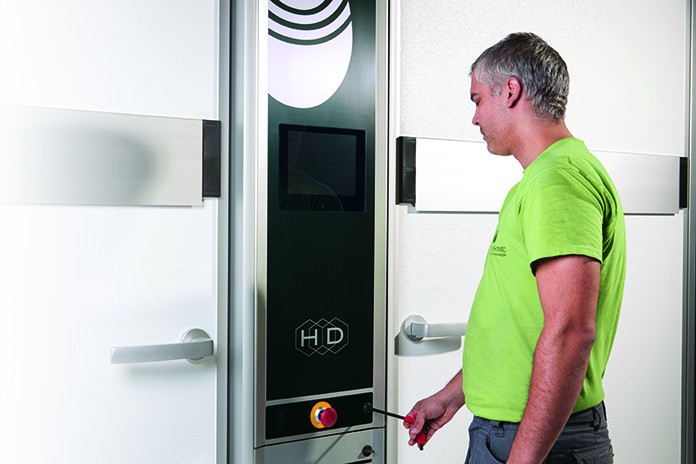
Paul Degraeve and Michel De Clercq, Managing Directors of Petersime, allow us a glimpse into their latest innovations, their recipes for becoming a hatching champion and the future of the poultry sector. Petersime provides world leading incubators and hatchery equipment aligned with the expertise and support to maximise return on investment. Petersime offices around the world commit to a dedicated customer service. How was Petersime founded?
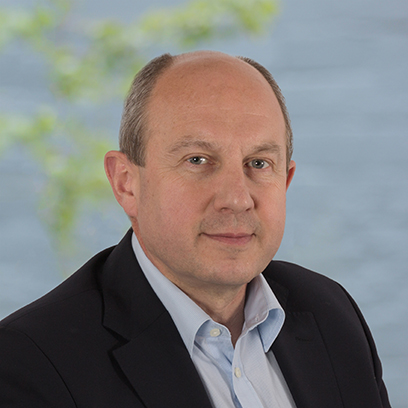
De Clercq: “The Petersime roots go back to the year 1912, when the Petersime brothers invented the very first electric incubator in the United States. In 1949, the Bohez family started production in Belgium under a licence agreement by Petersime. Even as the Petersime company in the US stopped producing incubators, the Belgian company kept on innovating. Thanks to the advanced technical innovations, we became the world leader in industrial incubators and hatchery equipment. We now set up state-of-the-art automated machines in 150 countries all over the world. I believe we should keep on innovating to stay head-first”.
Talking about innovating, what have you recently introduced?
Degraeve: “We keep on engineering the best technologies in incubation and lowering the cost for our clients. For example, three years ago, we launched BioStreamerTM HD, a High Density single-stage incubator engineered for higher capacity. With our new HD setter tray, you can load 12% more eggs, allowing you to hatch more eggs on the same surface area while cutting down costs”.
That is not the only innovation that Petersime has recently introduced. What else have you launched?
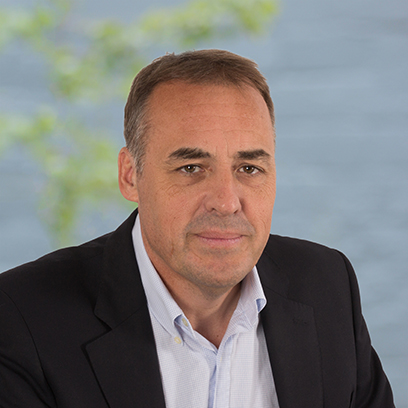
Degraeve: “We also look beyond incubators. We want each of our clients to operate their hatchery in the best possible and profitable way. Having a good incubator is of course a prerequisite for getting good incubation results, but you also need the right knowledge and techniques. To assist our clients to fine-tune their operational practices, we launched the Operational Excellence ProgrammeTM. It is a programme whereby you get the best practices to maximise your return on investment for your specific hatchery operation. We provide support both remote and on site. We want our clients to become hatching champions by providing instructions and assistance to maximise incubation results, to minimise operational costs, to achieve uncompromised bio-security and to maximise chick quality”.
How can the Operational Excellence ProgrammeTM maximise incubation results?
De Clercq: “By helping to get the most out of your equipment. Everyone at the hatchery should get the basics right, understand his or her task, understand how to operate the equipment and grasp the process. Skilled people at every level are the key to improving the incubation results and to using the equipment to its full potential. Therefore, the Operational Excellence ProgrammeTM offers training, software to assist the hatchery manager in installing the optimal loading pattern and incubation programme, and 24/7 assistance. Besides, the Petersime incubators are designed to be easy to use”.
How do you plan on minimising operational costs for your clients?
Degraeve: “The programme helps to keep costs low for the complete lifetime of the hatchery, for example, by preventing downtimes as much as possible. Any downtime in production is a nightmare. Broken parts, leakages, faulty sensors, etc. are very often caused by poor maintenance. Good preventive maintenance saves a lot of money and trouble. On top of that, we make durable and energy-efficient incubators that are also easily accessible for maintenance. Furthermore, our incubators are equipped with maintenance software. And on our service website, you will find additional maintenance schedules”.
How can your clients achieve uncompromised bio-security?
De Clercq: “Bio-security is a very serious risk hatcheries face. Any overlooked corner of the incubator during cleaning, any task that is neglected, can lead to contamination of the embryos, a decrease in chick quality or even to a major outbreak in the hatchery. Keeping everyone sharp is the challenge. To eliminate risks anywhere in the hatchery, the Operational Excellence ProgrammeTM offers training and guidelines to new people joining the cleaning staff. Furthermore, when designing incubators, we always keep in mind that they should be easy to clean”.
How can the Operational Excellence ProgrammeTM maximise chick quality?
Degraeve: “We should not forget that hatcheries are part of an entire poultry production chain. We believe animal handling deserves the necessary attention. In fact, animal welfare often goes hand in hand with post-hatch performance. Our software Eagle EyeTM allows analysis of every aspect, such as conditions in egg storage and chick handling, from one single computer. In addition to this, Re-StoreTM technology optimises grow-out of eggs with prolonged storage. Also, using nature as a reference to optimise the welfare of the hatchlings, we created the Embryo-Response IncubationTM technology. In essence, it replicates the way a mother hen broods on her eggs and takes care of her hatchlings. It optimises uniformity and post-hatch performance of chicks. Plus, our clients can request a full Hatchery Performance AuditTM to screen their entire operation and get access to best practices guidelines for animal welfare. This way, we aim to maximise chick quality and achieve improvements further on in the production chain such as lower mortality, higher uniformity and a better feed conversation ratio”.
Can you give us a sneak peek on the new products Petersime will introduce?
Degraeve: “Taking the values of the Operational Excellence ProgrammeTM as a guideline, we have incorporated Operational Excellence TechnologyTM in our S-line incubators. We upgraded the touchscreen with a more easy to use interface. We also adapted the design of the pulsator blades to lower energy consumption with 10% as well as the cooling system to decrease water consumption with 5% and deliver better chick quality. Moreover, to make the incubation process easier, we extended Eagle EyeTM, that allows hatchery managers to control the entire hatchery from their computer, with a maintenance scheme and an optimal loading pattern for the eggs”.
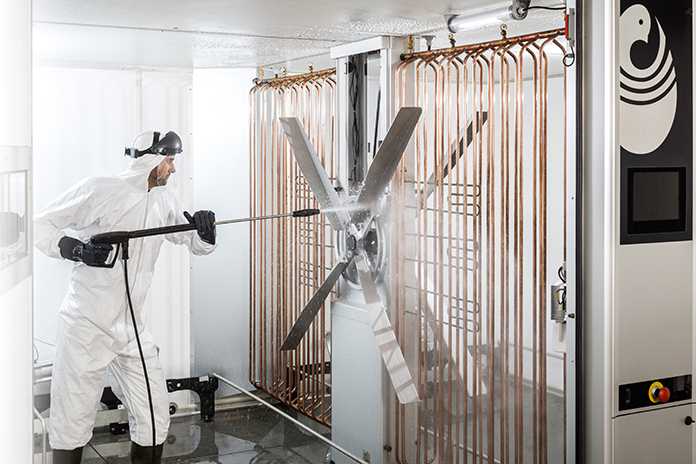 Which are the areas of the world representing the greatest potential for growth?
Which are the areas of the world representing the greatest potential for growth?
De Clercq: “Generally speaking, we are very confident that poultry production will continue to expand all over the world. We cannot think of a significant country where stagnation will set in. The best perspectives for growth will clearly be in those regions where favourable production factors prevail, such as the supply of competitively-priced high-quality feed, high levels of bio-security, the availability of land, water and energy and above all a stable economic and political environment for companies to operate in. Poultry production is very much cost-driven, so obviously the least-cost-producing nations and companies will do well. Still, international trade of poultry products is only a relatively small part of total production. We expect that more than half of the future increase in poultry production will be in the Asia Pacific Region. Brazil and North America will continue to be players of note, whilst Africa has a significant untapped potential”.
Which will be the main future challenges in your sector in the next years?
De Clercq: “With avian influenza outbreaks worldwide and operations becoming larger and more international, bio-security becomes harder to control. We need to challenge ourselves to achieve even better bio-security within the poultry chain than today. With the worldwide population still increasing and available resources diminishing, another challenge is to produce more food for more people, in a more efficient way, taking into account the available resources – hereby, I think about feed, available land, water, energy etc. At the same time, we need to respect animal welfare as well as the working conditions of the hatchery operators”.


